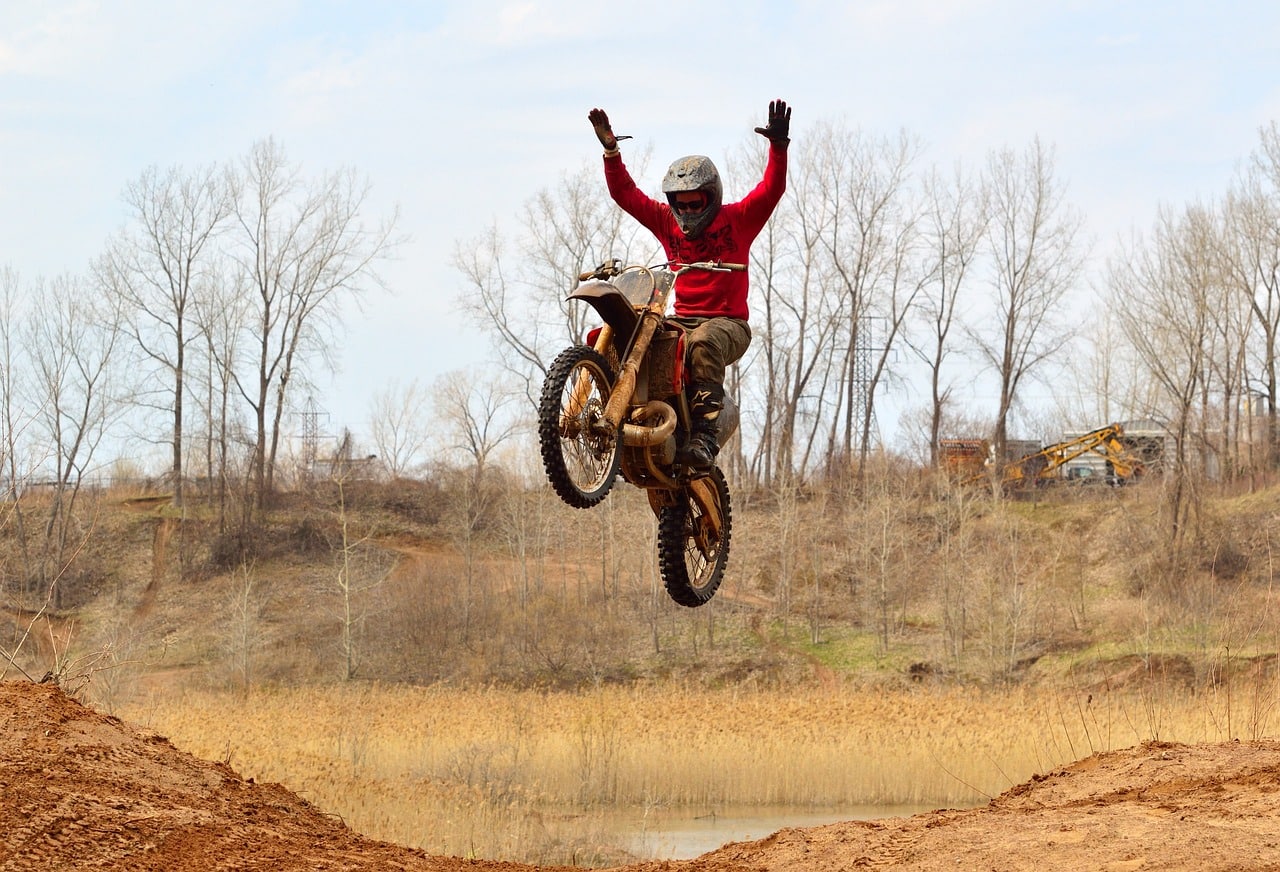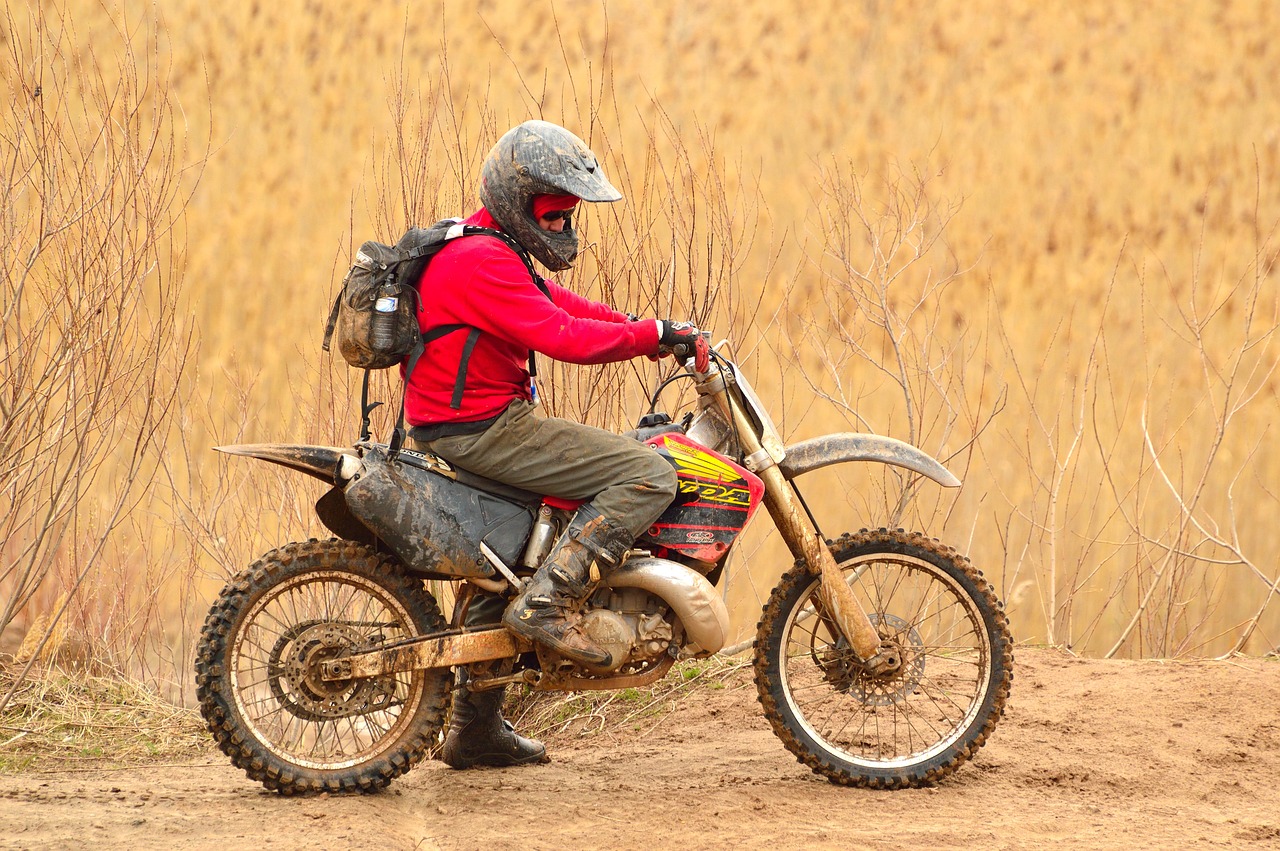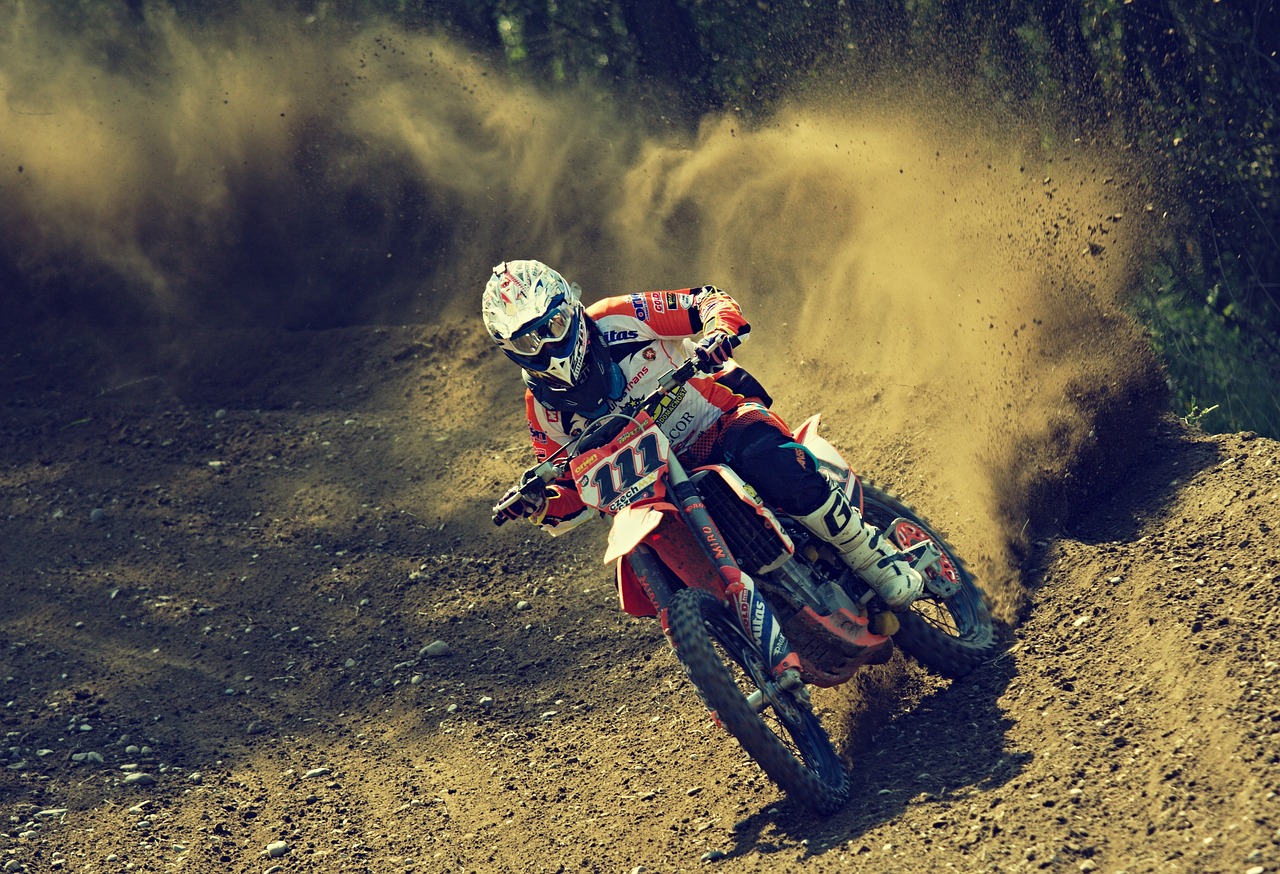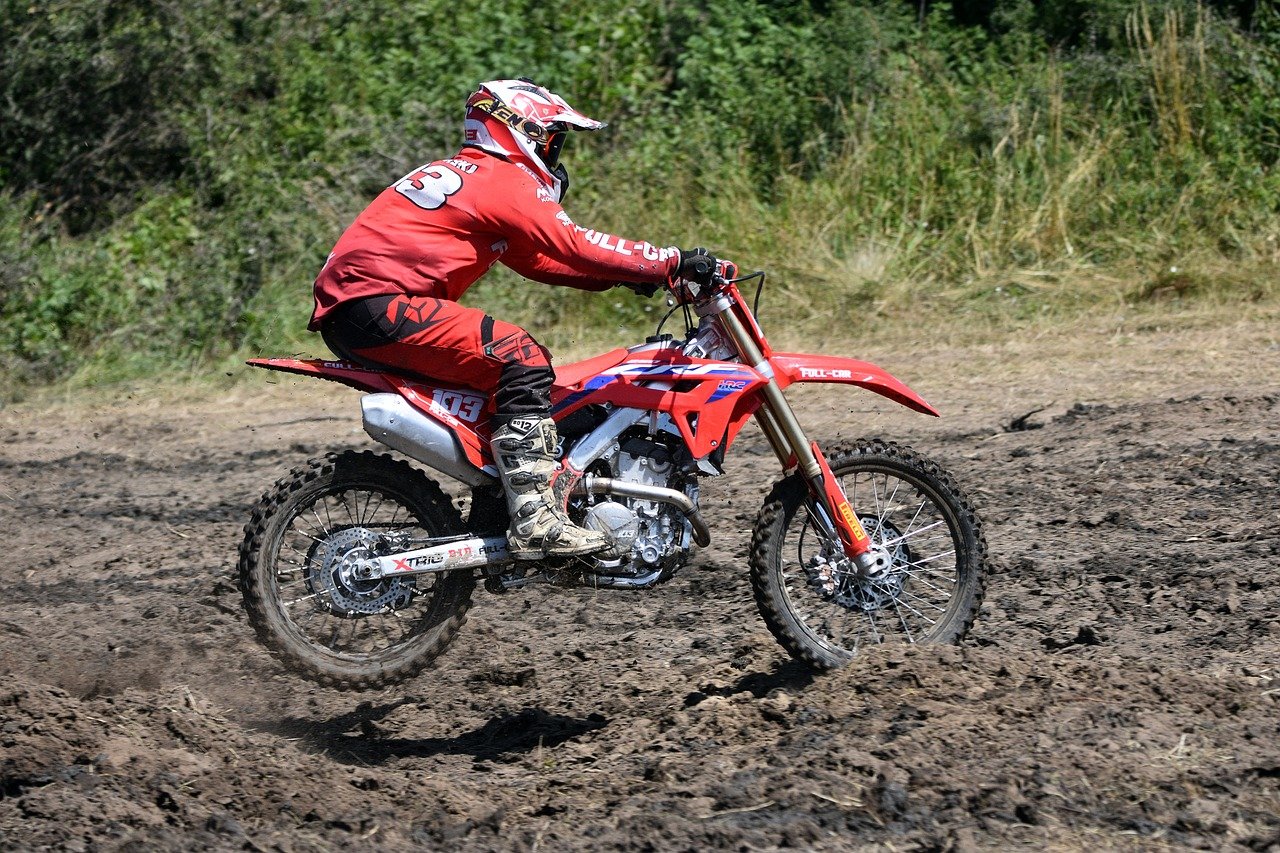Introduction to How Much Does a Dirt Bike Cost
Understanding the cost of dirt bikes and its influencing factors
Dirt bikes are known for their high-performance components, advanced technology, and specialized engineering, which make them ideal for tackling rugged terrains. However, these features also contribute to their higher price tags. In order to determine the cost of a dirt bike, there are five crucial factors that need to be taken into consideration.
- Brand and Model: The brand and model of a dirt bike play a significant role in its cost. Brands like Honda, Yamaha, and KTM are well-known in the industry and their reputation often precedes them. The popularity and reputation of these brands contribute to their higher resale value, making the initial investment worth it in the long run.
- Technology and Features: Dirt bikes are equipped with advanced technology and features to enhance their performance on challenging terrains. These technological advancements can significantly affect the cost of the bike. Higher-end models may come with features like advanced suspension systems, electronic fuel injection, and specialized engines, which increase their price.
- Engine Size: The size and power of the engine can also impact the cost of a dirt bike. Bikes with larger engine sizes generally have more power and are designed for experienced riders. These high-performance engines require meticulous engineering, which can contribute to a higher price.
- Production and Exclusivity: Limited production and the exclusive nature of some dirt bike models can also influence their cost. Bikes that are produced in limited quantities tend to be more expensive due to their exclusivity and higher demand from enthusiasts.
- Accessories and Customizations: Many dirt bike enthusiasts invest in accessories and customizations to enhance the performance and aesthetics of their bikes. The cost of these additional accessories and customization options can add up and increase the overall price of the bike.
The popularity of dirt bikes and the importance of knowing their cost factors
Dirt bikes have gained significant popularity among seasoned riders who crave the adrenaline rush that comes with off-road biking. Knowing the factors that influence the cost of a dirt bike is crucial for enthusiasts considering purchasing one. Understanding these factors can help riders make informed decisions and choose a bike that best suits their needs and budget.
By taking into account the brand and model, technology and features, engine size, production and exclusivity, as well as the cost of accessories and customizations, riders can have a better understanding of why dirt bikes can be expensive. While the initial investment may seem high, the performance capabilities and resale value of reputable brands often make it a worthwhile long-term investment.
In conclusion, the cost of a dirt bike is influenced by several factors including the brand and model, technology and features, engine size, production and exclusivity, as well as the cost of accessories and customizations. By understanding these factors, riders can make informed decisions and choose a dirt bike that aligns with their preferences and budget.
Engineering and Technology
The role of advanced technology in the cost of dirt bikes
Dirt bikes are equipped with advanced technology and features that significantly contribute to their cost. These technological advancements are designed to enhance the performance of the bike on challenging off-road terrains. Higher-end models often come with features such as advanced suspension systems, electronic fuel injection, and specialized engines, which elevate their price. The integration of these advanced technologies ensures that riders can have a thrilling and safe experience while riding their dirt bikes.
The specialized engineering required for handling rugged terrains
Dirt bikes are built to withstand the rugged conditions of off-road riding. High-performance engines with features like high compression ratios and advanced cooling systems are designed to endure the demands of off-road terrains. The specialized engineering of dirt bikes ensures that they can deliver the power and performance needed to tackle challenging landscapes.
Additionally, the frame materials used in dirt bikes play a significant role in their ability to handle rough terrains. Lightweight yet strong materials like carbon fiber, titanium, or magnesium are utilized to ensure durability and maneuverability. These materials are chosen for their ability to withstand impacts and provide stability, thereby increasing the cost of the dirt bike.
Furthermore, quality off-road tires are a crucial component of a dirt bike’s performance. Specialized tires designed for optimal off-road performance are used to enhance traction, control, and stability on various terrains. These tires are specifically engineered to handle the demands of off-road riding, further contributing to the overall cost of the bike.
In conclusion, the cost of dirt bikes is influenced by the advanced technology and specialized engineering required to deliver optimal performance on rugged terrains. The integration of advanced features, robust engine systems, specialized frame materials, and high-quality off-road tires all contribute to the elevated cost of dirt bikes. Riders who value the thrill and performance capabilities of off-road riding understand that investing in a dirt bike with these advanced technologies is a worthwhile decision.
High-Performance Components
The impact of high-performance components on the cost of dirt bikes
Dirt bikes are not your average motorcycles. They are specifically designed to handle the rugged terrains and challenges of off-road riding. To achieve this, dirt bikes are equipped with high-performance components that enhance their capabilities. However, these high-performance components come at a cost, which contributes to the overall price of dirt bikes.
One crucial component that affects the cost of dirt bikes is the suspension system. High-end dirt bike models often feature advanced suspension systems that provide superior control and stability on uneven surfaces. These systems use advanced technology to absorb shocks and bumps, ensuring a smooth and comfortable ride. The incorporation of such high-performance suspension systems adds to the overall cost of the dirt bike.
Another important component that drives up the cost of dirt bikes is the engine. Dirt bikes require powerful engines to tackle the demanding off-road terrains. These engines are designed with features such as high compression ratios and advanced cooling systems to withstand the strenuous conditions of off-road riding. The engineering and technology behind these high-performance engines contribute significantly to the cost of dirt bikes.
The importance of durable and reliable parts in off-road riding
Off-road riding puts immense stress on the components of a dirt bike. Therefore, it is crucial for dirt bikes to be equipped with durable and reliable parts that can withstand the demands of off-road terrains.
Quality frame materials play a vital role in the durability and maneuverability of dirt bikes. Lightweight yet strong materials like carbon fiber, titanium, or magnesium are used to ensure the bike’s ability to handle rough terrains. These materials are chosen for their impact resistance and stability, contributing to the overall cost of the dirt bike.
Additionally, off-road tires are another essential component that adds to the cost of dirt bikes. These specialized tires are specifically engineered for optimal off-road performance. They provide enhanced traction, control, and stability on various terrains, allowing riders to navigate through challenging landscapes safely. The use of high-quality off-road tires further adds to the price of the bike.
In conclusion, the high-performance components and durable parts that are integral to dirt bikes significantly influence their cost. Factors such as advanced suspension systems, powerful engines, specialized frame materials, and quality off-road tires all contribute to the elevated price of dirt bikes. Serious off-road riders understand the importance of investing in a dirt bike that is equipped with these high-performance components to ensure a thrilling and safe riding experience.
High-Performance Components
The impact of high-performance components on the cost of dirt bikes
Dirt bikes are not your average motorcycles. They are specifically designed to handle the rugged terrains and challenges of off-road riding. To achieve this, dirt bikes are equipped with high-performance components that enhance their capabilities. However, these high-performance components come at a cost, which contributes to the overall price of dirt bikes.
One crucial component that affects the cost of dirt bikes is the suspension system. High-end dirt bike models often feature advanced suspension systems that provide superior control and stability on uneven surfaces. These systems use advanced technology to absorb shocks and bumps, ensuring a smooth and comfortable ride. The incorporation of such high-performance suspension systems adds to the overall cost of the dirt bike.
Another important component that drives up the cost of dirt bikes is the engine. Dirt bikes require powerful engines to tackle the demanding off-road terrains. These engines are designed with features such as high compression ratios and advanced cooling systems to withstand the strenuous conditions of off-road riding. The engineering and technology behind these high-performance engines contribute significantly to the cost of dirt bikes.
The importance of durable and reliable parts in off-road riding
Off-road riding puts immense stress on the components of a dirt bike. Therefore, it is crucial for dirt bikes to be equipped with durable and reliable parts that can withstand the demands of off-road terrains.
Quality frame materials play a vital role in the durability and maneuverability of dirt bikes. Lightweight yet strong materials like carbon fiber, titanium, or magnesium are used to ensure the bike’s ability to handle rough terrains. These materials are chosen for their impact resistance and stability, contributing to the overall cost of the dirt bike.
Additionally, off-road tires are another essential component that adds to the cost of dirt bikes. These specialized tires are specifically engineered for optimal off-road performance. They provide enhanced traction, control, and stability on various terrains, allowing riders to navigate through challenging landscapes safely. The use of high-quality off-road tires further adds to the price of the bike.
Limited Production and Exclusivity
How limited production contributes to higher price tags
In the world of dirt bikes, some models are produced in limited quantities. This limited production adds to their exclusivity and contributes to their higher price tags. When a dirt bike model is produced in small numbers, its demand often exceeds its supply. This creates a sense of exclusivity, driving up the price for enthusiasts who are eager to own one of these rare bikes.
The exclusive nature of certain dirt bike models and their cost implications
Some dirt bike models are designed and marketed as exclusive, catering to a niche market of riders seeking the highest level of performance and prestige. These exclusive models often come with unique features, advanced technologies, and special craftsmanship that set them apart from mass-produced dirt bikes. The exclusivity and limited availability of these models contribute significantly to their higher price tags, as they are considered a symbol of status and luxury among dirt bike enthusiasts.
In conclusion, the high-performance components and durable parts that are integral to dirt bikes significantly influence their cost. Factors such as advanced suspension systems, powerful engines, specialized frame materials, limited production, and exclusivity all contribute to the elevated price of dirt bikes. Serious off-road riders understand the importance of investing in a dirt bike that is equipped with these high-performance components to ensure a thrilling and safe riding experience.
Brand and Reputation
The influence of brand reputation on the cost of dirt bikes
When it comes to dirt bikes, brand reputation plays a significant role in determining their cost. Well-established brands such as Honda, Yamaha, and KTM have built a reputation for producing high-quality and reliable dirt bikes. These brands often come with a higher resale value, making the initial investment worth it in the long run.
The value attached to well-established and trusted manufacturers
Experienced riders are more likely to favor dirt bikes from well-established and trusted manufacturers. These manufacturers have a proven track record of producing bikes that can handle the challenging terrains and provide an adrenaline rush that seasoned riders seek. The value attached to these brands often translates to higher prices for their dirt bikes.
The reputation of a brand is a reflection of its commitment to delivering performance, durability, and reliability. Dirt bike enthusiasts are willing to pay a premium for bikes that come from brands known for their expertise in off-road riding.
Well-established manufacturers invest heavily in research and development to constantly improve their bikes’ performance and incorporate the latest technologies. These investments are reflected in the higher cost of their dirt bike models.
In conclusion, the brand and reputation of a manufacturer play a significant role in determining the cost of dirt bikes. Well-established brands are known for their performance, durability, and reliability, and their bikes often come with higher price tags. Riders who value these attributes are willing to invest in a dirt bike from a trusted manufacturer to ensure a thrilling and safe riding experience.
New vs. Used Options
Comparing the cost differences between new and used dirt bikes
When considering the cost of a dirt bike, it’s important to weigh the advantages and disadvantages of buying a new or used bike. While new dirt bikes come with a higher price tag, they also offer the latest features and technological advancements. On the other hand, used dirt bikes are often more affordable but may require more maintenance and may not have the same level of performance as newer models.
In terms of cost, new dirt bikes typically range from $5,000 to $10,000 or more, depending on the brand and engine size. Used dirt bikes, on the other hand, can be found for as low as a few hundred dollars for older, well-worn models or up to a few thousand dollars for newer, well-maintained bikes.
The benefits and drawbacks of purchasing a brand new or pre-owned bike
Buying a new dirt bike offers the advantage of having a bike that is in pristine condition with all the latest features. New bikes also come with warranties, providing peace of mind in case any issues arise. Additionally, new bikes have higher resale value, making them a good investment in the long run.
However, purchasing a new dirt bike can be a significant financial commitment, and it may not be necessary for beginners or riders on a tight budget. Used dirt bikes, on the other hand, offer a more affordable option for those who are just starting out or want to save money. While they may require more maintenance and may not have all the latest features, used bikes can still provide plenty of fun and adventure on the trails.
In conclusion, the decision between purchasing a new or used dirt bike depends on individual preferences and budget. New bikes offer the latest features and higher resale value but come with a higher price tag, while used bikes are more affordable but may require more maintenance. By considering these factors and researching different options, riders can find the perfect dirt bike that meets their needs and budget.
Financing Alternatives
Exploring financing options to make dirt bike ownership more affordable
When it comes to owning a dirt bike, financing can be a significant factor to consider. Luckily, there are various financing alternatives available to make purchasing a dirt bike more affordable. Here are some options to explore:
- Personal Loans: This type of loan can be used for any purpose, including buying a dirt bike. Personal loans typically have fixed interest rates and flexible repayment terms.
- Manufacturer Financing: Many dirt bike manufacturers offer financing options to make their bikes more accessible to potential buyers. These options often come with competitive interest rates and favorable terms.
- Credit Cards: Using a credit card to finance a dirt bike purchase can be an option, especially if you have a card with a low-interest rate. However, it’s essential to consider the potential impact on your credit score and the interest costs over time.
- Dealer Financing: When purchasing a dirt bike from a dealership, they may provide in-house financing options. These options may be convenient as you can complete the purchase process in one place, but it’s essential to compare interest rates and terms with external financing alternatives.
The availability of loans and payment plans for purchasing a dirt bike
When exploring financing alternatives for a dirt bike, it’s crucial to consider the availability of loans and payment plans. Here are some factors to keep in mind:
- Credit Score: Lenders typically consider your credit score when determining loan eligibility and interest rates. A higher credit score can increase your chances of securing favorable financing options.
- Down Payment: Some financing options may require a down payment. The amount needed can vary depending on the lender and the purchase price of the dirt bike.
- Interest Rates: Different financing options come with varied interest rates. It’s essential to compare rates and calculate the total cost of the loan over the repayment period.
- Repayment Terms: Consider the length of the loan or payment plan and the monthly installment amount. Longer terms may result in lower monthly payments but can increase the total interest paid.
- Pre-Approval: Getting pre-approved for a loan can give you a better understanding of your budget and make the purchasing process smoother.
Remember to review and compare different financing options before making a decision. Utilize loan calculators to estimate monthly payments and total costs. Seeking advice from finance professionals can also provide valuable insights. With careful consideration, you can find the right financing alternative that aligns with your financial situation and helps you realize your dream of owning a dirt bike.
Maintenance and Ownership Costs
The importance of factoring in maintenance and ownership costs when calculating the overall expenses of a dirt bike
When considering the purchase of a dirt bike, it is essential to take into account the ongoing maintenance and ownership costs. These often overlooked expenditures can significantly impact the overall expenses of owning a dirt bike. Proper maintenance not only ensures optimal performance, but it also contributes to safety and longevity.
Regular maintenance, repairs, and other associated expenses
Routine servicing is necessary to keep a dirt bike in top-notch condition. The frequency of these check-ups depends on factors such as the make, model, and riding frequency, typically ranging from every 15 to 30 hours of riding. Some of the common maintenance and repair costs include:
- Oil and filter changes
- Chain and sprocket replacement
- Brake pad replacement
- Spark plug replacement
- Tire replacements
- Suspension adjustments
- Valve adjustments
In addition to routine maintenance, there are other associated expenses to consider, such as:
- Protective gear: Helmets, goggles, boots, and other protective gear are crucial for safety and require periodic replacement or upgrades.
- Accessories: Additional accessories such as bike stands, toolkits, and bike covers may be necessary for maintenance and storage.
- Riding gear: Proper clothing and gear are essential for comfort and safety during rides and may need to be replaced periodically.
- Fuel and lubricants: The cost of fuel and lubricants should also be factored into the overall ownership costs.
It is important to budget for these ongoing expenses to ensure that the financial aspects of owning a dirt bike are manageable and sustainable. By planning and staying on top of routine maintenance, riders can enjoy a well-maintained dirt bike that provides optimal performance and extends its lifespan.
The Importance of Factoring in Maintenance and Ownership Costs
Understanding the different factors influencing the cost of dirt bikes
When considering the purchase of a dirt bike, it is crucial to take into account the ongoing maintenance and ownership costs. These expenditures, often overlooked, can significantly impact the overall expenses of owning a dirt bike. Proper maintenance not only ensures optimal performance but also contributes to safety and longevity.
Routine servicing is necessary to keep a dirt bike in top-notch condition. The frequency of these check-ups depends on factors such as the make, model, and riding frequency, typically ranging from every 15 to 30 hours of riding. Some of the common maintenance and repair costs include:
- Oil and filter changes
- Chain and sprocket replacement
- Brake pad replacement
- Spark plug replacement
- Tire replacements
- Suspension adjustments
- Valve adjustments
In addition to routine maintenance, other associated expenses should be considered. These include protective gear, accessories like bike stands and toolkits, riding gear, as well as the cost of fuel and lubricants. It is essential to budget for these ongoing expenses to ensure that the financial aspects of owning a dirt bike are manageable and sustainable.
Tips for making an informed decision and finding a dirt bike within your budget
To make an informed decision when purchasing a dirt bike within your budget, consider the following tips:
- Research different makes and models: Compare prices, features, and user reviews to find a bike that meets your needs and budget.
- Consider buying used: Used dirt bikes can offer significant savings compared to buying new. However, ensure you thoroughly inspect the bike and verify its maintenance record before making a purchase.
- Explore financing options: If the upfront cost of a dirt bike is out of reach, consider financing options to spread out the payments over time.
- Prioritize safety: Invest in quality protective gear that fits properly and meets safety standards. Remember to budget for periodic replacements or upgrades.
- Test ride before purchasing: Try out different bikes to determine the right size, power, and handling for your skill level and riding preferences.
- Join a dirt bike community: Connect with experienced riders who can provide valuable insights and recommendations on finding affordable dirt bikes.
By considering these factors and doing thorough research, you can make an informed decision and find a dirt bike that fits within your budget. Whether you’re a beginner or an experienced rider, prioritizing safety, maintenance, and riding preferences will allow you to embark on thrilling off-road adventures with confidence.
Frequently Asked Questions: How Much Does a Dirt Bike Cost
Q: How much does a dirt bike cost?
A: The cost of a dirt bike can vary greatly depending on several factors.
Q: What are the factors influencing the cost of dirt bikes?
A: There are several factors that can influence the cost of a dirt bike. Some of the key factors include:
- Brand and Model: The brand and model of the dirt bike significantly influence its price. Well-known and reputable brands often command higher prices due to their quality and performance.
- Engine Size: Engine size or displacement is another crucial factor. Dirt bikes with larger engine sizes typically cost more because they offer greater power and performance.
- Type of Bike: Different types of dirt bikes serve various purposes, such as motocross, trail riding, or enduro. Each type has its specifications and features, impacting the price.
- New vs. Used: Choosing between a new or used dirt bike affects the cost. New bikes generally have higher prices, while used ones offer cost savings but may have wear and tear.
- Additional Features: Extra features and upgrades, like advanced suspension, high-performance exhaust systems, and specialized tires, can increase the dirt bike’s cost.
- Country and Location: Dirt bike prices vary by country and region. Factors like import taxes, availability, and currency exchange rates fluctuations can influence the final cost.
Q: What range of prices can I expect for a dirt bike?
A: The price range for dirt bikes can be broad, starting from a few hundred dollars for used or smaller bikes and going up to several thousand dollars for high-end, brand-new models.
Q: Are there any ongoing costs related to owning a dirt bike?
A: Yes, apart from the initial purchase cost, there are ongoing expenses related to owning a dirt bike. These may include maintenance and repairs, fuel, insurance, protective gear, and any customization or accessories you may want to add.
Q: Can I finance a dirt bike purchase?
A: Yes, financing options are available for buying a dirt bike. Many dealerships offer financing plans with flexible terms and interest rates. It is advisable to research and compare different financing options before making a decision.
Q: Where can I buy a dirt bike?
A: You can purchase a dirt bike from authorized dealerships, specialized dirt bike shops, or even online marketplaces. It is recommended to buy from reputable sources to ensure the authenticity and quality of the bike.
Remember, the cost of a dirt bike is not the only consideration when making a purchase. It is important to choose a bike that suits your skill level, intended use, and budget.

David Williams is an author with a passion for motorcycles and all things related to the world of two-wheeled vehicles. His expertise is evident on his website, The Moto Expert, where he shares his knowledge and insights with fellow enthusiasts. Follow him on social media to stay up-to-date on the latest motorcycle news, reviews, and trends. Whether you’re a seasoned rider or just starting out, David’s content is sure to inform and entertain. Join his community and become a part of the conversation today.





